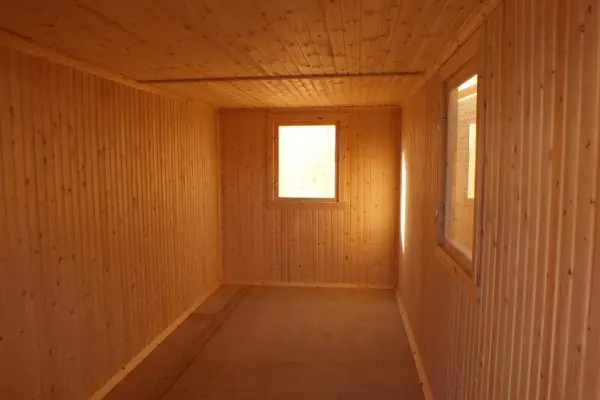Organizing temporary housing for construction workers — one of the top priorities of any construction project. The productivity of labor, project completion deadlines, and staff turnover directly depend on the quality of workers' accommodation at the construction site. In this guide, we'll examine all aspects of creating an effective living camp at a construction site: from choosing the type of housing (construction cabins, modular homes, residential trailer homes) to calculating economic benefits.
Types of Temporary Housing for Construction: Comparative Analysis and Recommendations
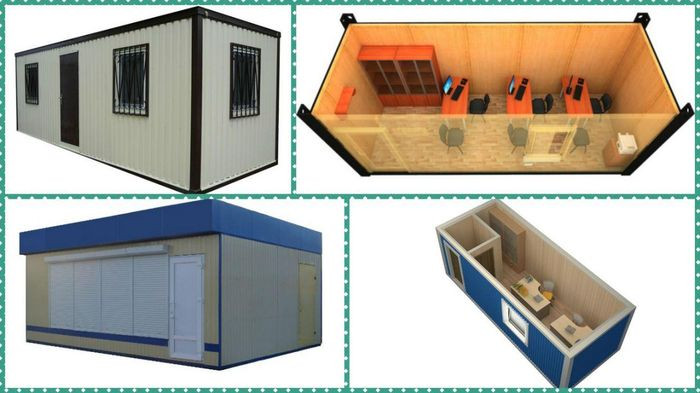 When choosing housing at a construction site, it's important to consider the project's specifics, climatic conditions, and budget. The modern market offers a wide range of solutions: from simple mobile cabins to complex frame-modular structures. Let's examine the main options with their advantages and disadvantages in a comparative table:
When choosing housing at a construction site, it's important to consider the project's specifics, climatic conditions, and budget. The modern market offers a wide range of solutions: from simple mobile cabins to complex frame-modular structures. Let's examine the main options with their advantages and disadvantages in a comparative table:
| Housing Type | Optimal For | Installation Time | Cost ($/month) | Pros | Cons |
|---|---|---|---|---|---|
| Construction cabins 6×2.4m | Projects up to 6 months | 1-2 days | 300-500 | Quick installation, low price | Limited comfort |
| Modular homes for builders | Long-term projects | 3-5 days | 800-1200 | High comfort, good insulation | Requires foundation |
| Residential block containers | Universal solution | 2-3 days | 400-600 | Mobility, durability | Limited area |
| Sandwich panel cabins | All-season use | 3-4 days | 600-900 | Excellent thermal insulation | Higher cost |
| Residential trailer homes on chassis | Linear projects | No assembly | 700-1000 | Maximum mobility | High price |
| Prefab structures | Short-term projects | 1-2 days | 250-400 | Easy transportation | Requires assembly experience |
The choice of specific housing type depends on many factors, but the main rule — investments in quality accommodation always pay off through increased productivity and reduced staff turnover.
Interesting fact: in South Africa, about 40% of temporary housing for builders — are converted shipping containers, which are 30% cheaper than traditional cabins. And after earthquakes in Japan, frame-modular structures and mobile cabins, originally created for builders, were successfully used as emergency housing for victims.
Climate Features: Adaptation to Extreme Conditions
The choice of temporary housing largely depends on the climate zone. Insulated construction trailers for northern regions differ dramatically from solutions for hot climates. Let's examine the main requirements for organizing accommodation in extreme conditions:
Northern Regions (up to -50°C)
To ensure comfortable living in extreme northern conditions, the following requirements must be met:
- Wall insulation — minimum 200 mm of mineral wool
- Triple-glazed windows — preventing freezing
- Vestibules — mandatory for heat retention
- Autonomous heating — backup heating systems
- Snow load — reinforced roofs up to 250 kg/m²
Specialized insulated construction trailers of arctic design cost more but ensure safety and comfort of personnel in extreme conditions.
Hot Climate (over +40°C)
In regions with high temperatures, special attention is paid to cooling and ventilation:
- Reflective roof coating — reducing heating by 10-15°C
- Ventilation windows — natural air circulation
- Air conditioning — minimum 2 systems per block
- Shading — canopies and awnings are mandatory
- Orientation — windows facing north to minimize heating
Proper adaptation of temporary housing to climatic conditions can reduce operating costs by 30-40%.
"On our project in Saudi Arabia, we used block containers with double walls and an air gap. The temperature inside was 20°C lower than outside without air conditioning. This saved us $3,000 per month on electricity." - Ahmed Al-Mansouri, Project Engineer, Desert Construction LLC
Step-by-Step Plan for Construction Camp Organization
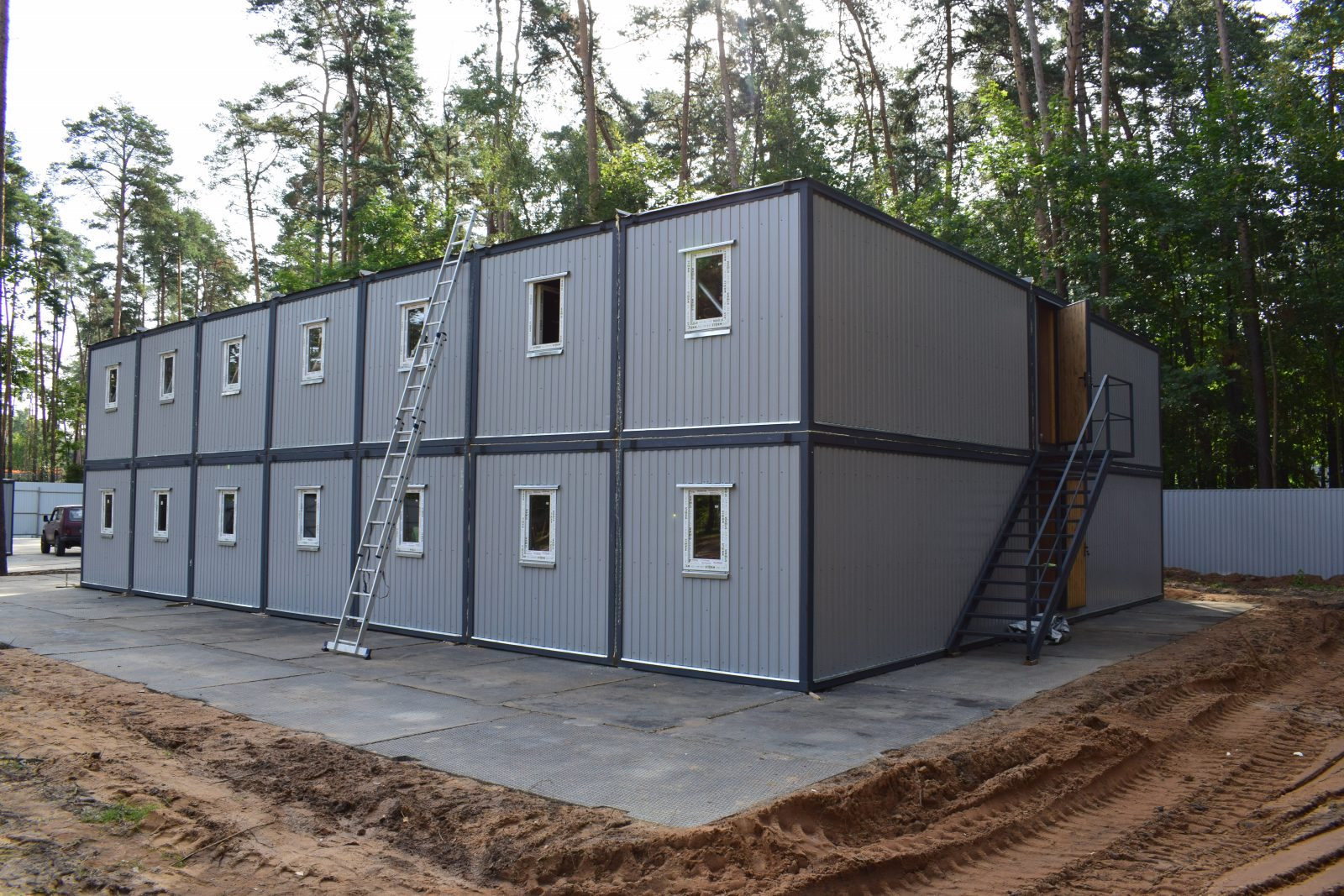 To avoid typical mistakes when organizing a worker camp, follow this proven planning and placement algorithm:
To avoid typical mistakes when organizing a worker camp, follow this proven planning and placement algorithm:
Step 1: Needs Assessment
Start with an accurate calculation of all necessary parameters:
- Calculate the number of workers considering rotation
- Determine project duration
- Consider regional climate features
- Assess utility availability at the site
- Plan for expansion if necessary
Step 2: Choosing Optimal Configuration
Standard formula for calculating premises for a construction camp includes:
- 20-25 residential blocks for accommodation (4-5 people each)
- 2 sanitary blocks (showers + toilets)
- 1 canteen for builders for 50 people
- 1 administrative-domestic complex (APC)
- 1 medical station (for over 50 people)
- 1 drying room for workwear
- 1 construction headquarters with office spaces
- 1 foreman cabin for technical staff
- 1 security post at construction site
Proper layout of all elements ensures efficient operation and comfortable accommodation of personnel.
Step 3: Site Planning
Correct location of the construction camp is critically important for safety and efficiency. Consider the following placement standards:
- Minimum distance between buildings — 6 meters
- Fire breaks — at least 15 meters
- Sanitary facilities — no more than 75 meters from residential blocks
- Canteen — in the center of the camp for equal access
- Parking — outside the residential area
- Connecting corridors between modules — if necessary
Competent planning optimizes logistics and creates comfortable conditions for all categories of workers.
Common Mistakes in Organizing Temporary Housing at Construction Sites and How to Avoid Them
.jpg) Analysis of hundreds of projects has revealed the most common mistakes when creating worker camps and construction settlements. Knowledge of these problems will help avoid budget overruns and efficiency reduction:
Analysis of hundreds of projects has revealed the most common mistakes when creating worker camps and construction settlements. Knowledge of these problems will help avoid budget overruns and efficiency reduction:
TOP 5 Critical Mistakes:
- Saving on insulation in cold regions
- Consequences: heating costs 3-4 times higher
- Solution: insulation minimum 150 mm for moderate climate, 200-250 mm for the north
- Improper sanitary zone planning
- Consequences: queues, conflicts, unsanitary conditions
- Solution: placing sanitary blocks evenly across the territory, no more than 75 m from housing
- Lack of reserve premises
- Consequences: nowhere to accommodate people in case of breakdown
- Solution: 10-15% reserve of total quantity
- Ignoring sound insulation
- Consequences: conflicts, reduced rest quality
- Solution: using sound-insulating materials, proper block placement
- Wrong choice of structure type
- Consequences: mismatch with operating conditions
- Solution: capital and non-capital temporary buildings are selected according to construction organization project (COP)
Avoiding these mistakes will create an efficient and comfortable living camp with minimal costs.
Operation and Maintenance of Construction Camp
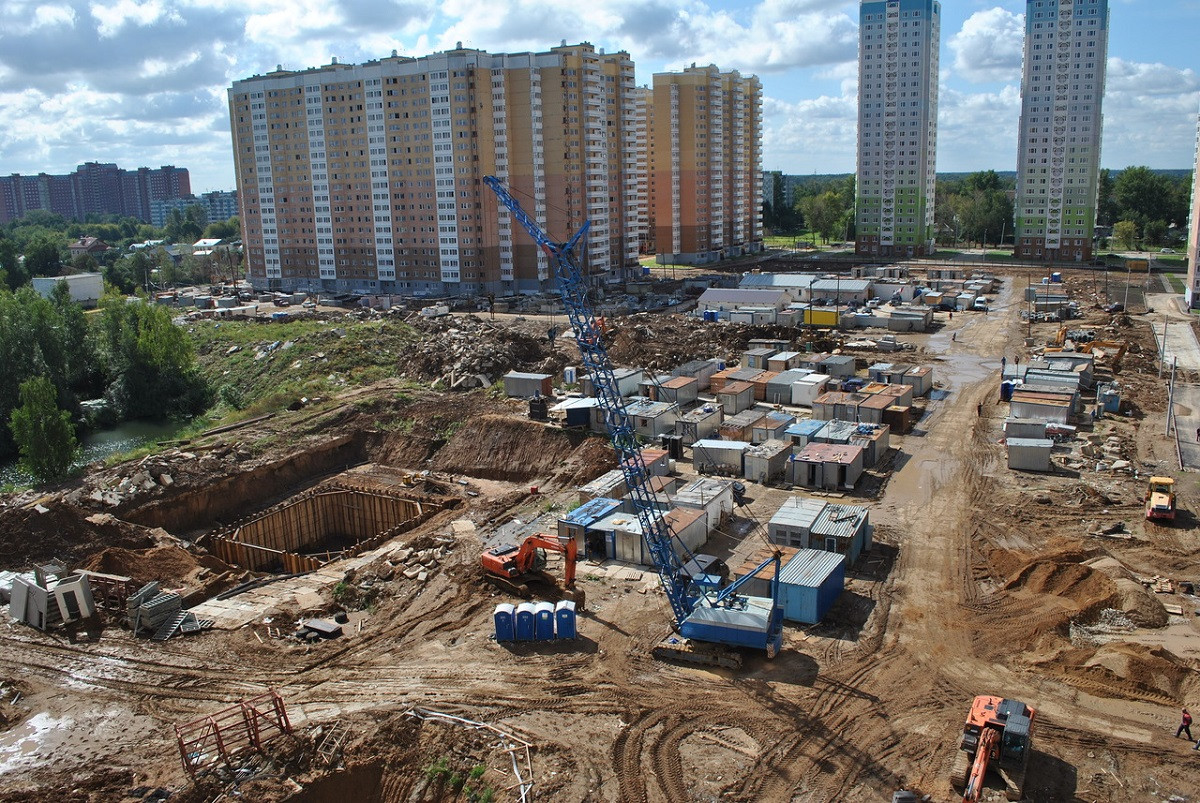 Regular maintenance of factory-made inventory buildings and all infrastructure — the key to durability and comfort of residents. Properly organized operation includes the following aspects:
Regular maintenance of factory-made inventory buildings and all infrastructure — the key to durability and comfort of residents. Properly organized operation includes the following aspects:
Scheduled Maintenance Schedule:
Following a regular maintenance schedule prevents emergency situations:
- Daily: checking lighting, water supply, heating operation
- Weekly: roof inspection, gutter cleaning, electrical wiring check
- Monthly: ventilation system maintenance, fastening checks
- Quarterly: full technical inspection, filter replacement
- Seasonally: winter/summer preparation, insulation check
Systematic approach to maintenance extends the service life of temporary structures and ensures resident safety.
Common Problems and Solutions:
During operation of residential trailer homes and modular dormitories, standard problems arise that can be quickly resolved with the right approach:
| Problem | Signs | Solution | Prevention |
|---|---|---|---|
| Roof leaks | Ceiling stains, drips | Seam sealing | Inspection after precipitation |
| Pipe freezing | No water | Heating, insulation | Water drainage during frosts |
| Mold | Black spots, smell | Antiseptic treatment | Regular ventilation |
| Structure deformation | Door, window misalignment | Adjustment, reinforcement | Foundation control |
Timely problem detection and resolution helps avoid expensive repairs and ensures comfortable personnel accommodation.
Tips for Workers: How to Organize Personal Space
Comfortable living in a construction cabin or modular dormitory depends not only on the quality of the premises itself but also on the ability to organize personal space. Here are practical recommendations for creating comfort in temporary housing conditions:
- Use vertical space — hanging organizers, shelves near the ceiling
- Zone the space — screens or curtains to create personal areas
- Minimize noise — earplugs, sound-absorbing panels, quiet time agreements
- Maintain cleanliness — cleaning schedule, personal containers for belongings
- Create comfort — family photos, small plants, personal lighting
- Organize storage — vacuum bags for clothes, folding containers
- Equip wardrobe spaces — hangers, shoe shelves, laundry baskets
- Use workwear storage — separate storage for work uniforms
Proper organization of personal space significantly improves rest quality and recovery after work shifts.
Economic Efficiency: Real Calculations
Many managers underestimate the economic effect of quality worker accommodation at a construction site. Let's analyze a specific example using different housing types:
Project baseline data:
- Duration: 12 months
- Number of workers: 80 people
- Distance from city: 50 km
Option 1: Daily transportation from city
- Bus rental: $200/day × 365 days = $73,000
- Fuel: $100/day × 365 days = $36,500
- Time loss: 2 hours/day × 80 people = 160 person-hours daily
- Annual costs: $109,500 + productivity losses
Option 2: Construction camp organization
- Modular home rental for builders: $800 × 20 × 12 = $192,000
- Sanitary facilities and canteen: $3,000 × 12 = $36,000
- Utilities: $2,000 × 12 = $24,000
- Annual costs: $252,000
At first glance, the camp is more expensive. But let's consider hidden benefits:
- Saving 160 person-hours daily = 40,000 hours per year
- At average rate $25/hour = $1,000,000 additional productivity
- 30% reduction in staff turnover = $150,000 savings on hiring and training
- Total benefit: over $900,000 per year
Special Solutions for Different Project Types
Each construction project has its specifics requiring an individual approach to temporary housing organization. Let's consider optimal solutions for different types of objects:
Linear Projects (roads, pipelines)
Mobile solutions are ideal for extended projects:
- Mobile trailers on chassis — moving with the work front
- Double-wide trailer — compact accommodation for 4-6 people
- Transpak for module transportation — quick transport in disassembled form
- Mini-foreman office — mobile command post
Point Projects (buildings, structures)
Capital solutions are suitable for stationary objects:
- Modular dormitories — comfortable accommodation for large numbers of people
- Administrative-domestic complexes (APC) — full set of premises
- Prefab structures — possibility of dismantling after completion
Legal Aspects and Insurance
Organizing a worker camp or construction settlement requires compliance with legal standards and insurance protection. It's important to consider all legal nuances:
Main Legal Requirements:
Before placing temporary housing, all necessary permits must be obtained:
- Compliance with local building codes and regulations
- Obtaining permits for placement over 6 months
- Compliance with SanPiN for construction camps
- Meeting fire safety requirements for temporary premises
- Supplier contracts with clear liability conditions
- Registration of temporary housing with appropriate authorities
Non-compliance with requirements can lead to fines and construction stoppage.
Temporary Structure Insurance:
Comprehensive insurance protection includes the following types of insurance:
- Property insurance — against damage, theft, natural disasters
- Liability insurance — for causing harm to third parties
- Business interruption insurance — compensation for forced downtime
- Construction risk insurance — comprehensive object protection
Properly arranged insurance protects against unforeseen expenses and ensures project financial stability.
Construction Camp Readiness Checklist
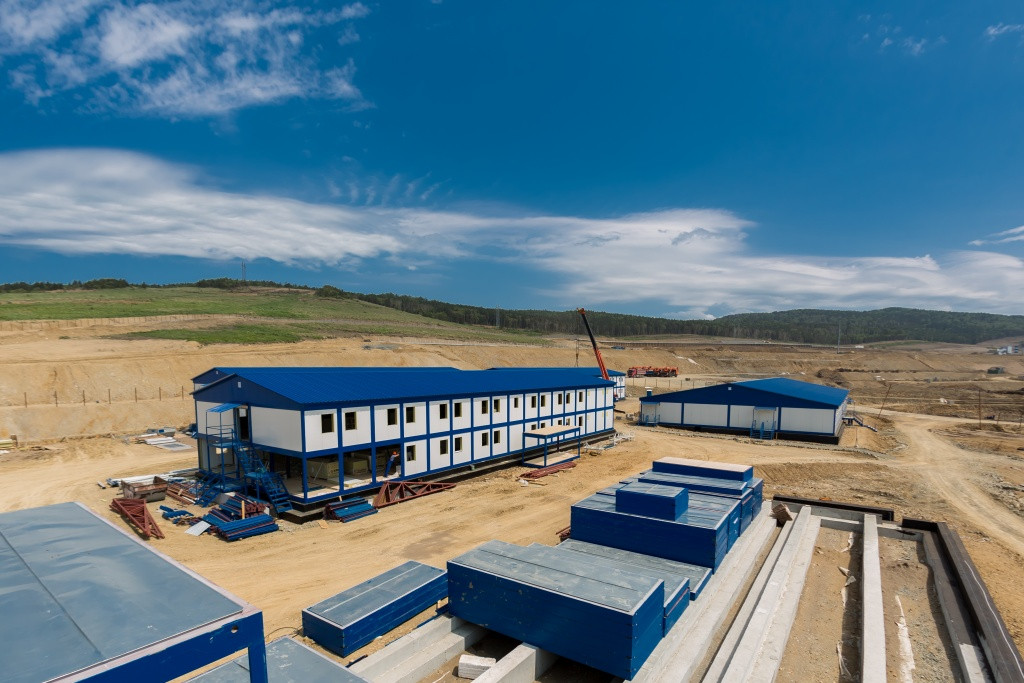 Before worker settlement, use this checklist to verify readiness of all systems and premises:
Before worker settlement, use this checklist to verify readiness of all systems and premises:
Infrastructure:
- ☐ Construction site power supply connected and tested
- ☐ Water supply and sewage functioning
- ☐ Construction cabin heating working in all rooms
- ☐ Site lighting installed
- ☐ Fire alarm activated
Safety:
- ☐ Fire extinguishers placed according to standards
- ☐ Evacuation plans posted
- ☐ First aid kits stocked
- ☐ Site fencing installed
- ☐ Video surveillance working
- ☐ Construction site security post functioning
Living Conditions:
- ☐ Beds and bedding prepared
- ☐ Personal lockers installed
- ☐ Builder canteen equipped
- ☐ Showers and toilets functioning
- ☐ Clothes drying rooms ready
- ☐ Worker changing room arranged
Thorough checklist verification guarantees camp readiness for personnel reception and prevents problems in the first working days.
Global Trends and Prospects
The modular construction and temporary housing market is actively developing. According to the Global Modular Construction Industry 2024 report, the global market will grow by $40 billion by 2030. Major development trends include:
- Development of prefabricated construction technologies
- Implementation of eco-friendly materials and technologies
- Use of BIM technologies in design
- Integration of "smart home" systems in modular buildings
- Growing demand for energy-efficient solutions
According to the USGBC report on green building products 2024, innovative materials and technologies can reduce operating costs by 30-40%. Solutions using recycled materials and energy-efficient technologies are particularly promising.
Disposal and Reuse
Upon project completion, the question arises about the future of temporary housing. The right approach to disposal or resale can significantly reduce overall costs:
- Moving to a new site — most economical option for large companies
- Sale to other contractors — recovery of 40-60% of initial investment
- Conversion for other needs — warehouses, offices, vacation homes
- Long-term rental — creating a rental housing pool
- Disposal — metal structures are sent for recycling
Planning further use of temporary structures at the design stage helps maximize return on investment.
Conclusion: Investment in Efficiency
Organizing quality temporary housing for builders — is a strategic decision affecting the success of the entire project. A properly designed construction camp, whether compact mobile cabins or full-fledged modular dormitories, provides numerous advantages:
- Productivity increase by 15-25%
- Staff turnover reduction to 5-10%
- Project timeline reduction by 10-15%
- Improved company reputation as an employer
- Optimization of logistics and personnel accommodation costs
Modern technologies, from insulated construction trailers to prefab structures with "smart home" systems, allow creating optimal conditions for any project. The key to success — a comprehensive approach that considers all aspects: from climatic features and regulatory requirements to workers' psychological comfort.
By investing in quality housing at the construction site today, you lay the foundation for successful project implementation tomorrow. The right choice between different types of temporary housing — from simple worker cabins to modern administrative-domestic complexes — determines not only personnel comfort but also the economic efficiency of the entire construction.
